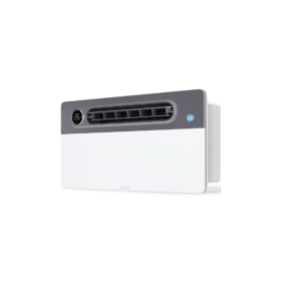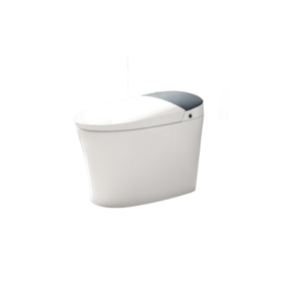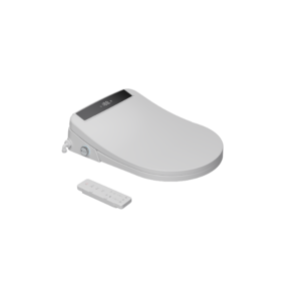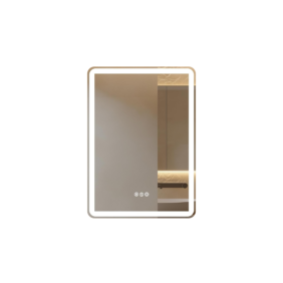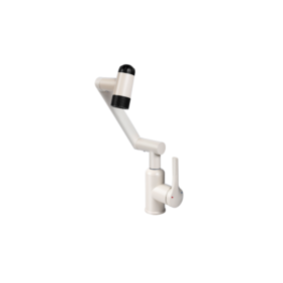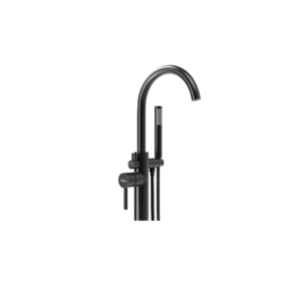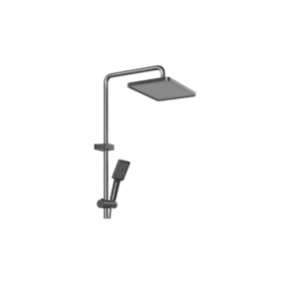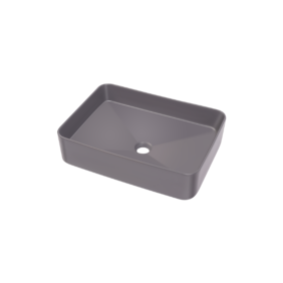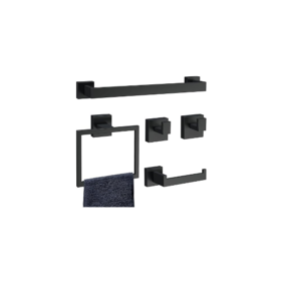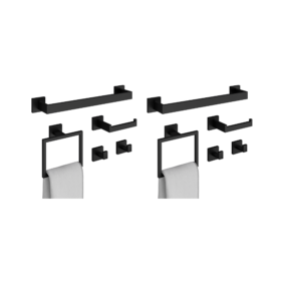
Home / Blog Center / Chargers / Tips for Sealing Floor Drains When Conducting Water Tests
Tips for Sealing Floor Drains When Conducting Water Tests
05/03/2025 | Hawkrown
When conducting water testing, it is important to properly seal the floor drain to prevent water from flowing out. Here are some methods you can use to seal the floor drain.
How to Effectively Block Floor Drains When Testing Water
1. One of the simplest ways to seal the floor drain during water testing is to use sandbags. Place them over the drain, wrapping them in a plastic bag to effectively cover the drain opening. This will allow you to proceed with the water testing accurately.
2. Another effective method is to fill a plastic glove with water and press it down over the floor drain. This can create a good seal to block the opening, preventing water from escaping.
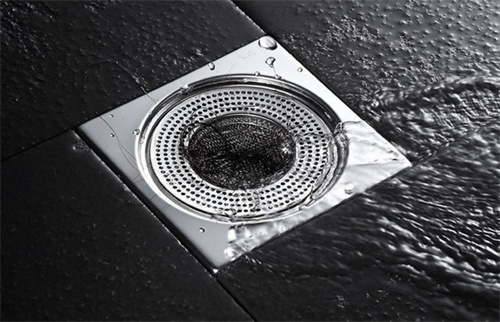
3. Additionally, you can use a wooden plug. Wrap it in several layers of cloth and finally cover it with a plastic bag to block the drain. As long as the goal of preventing water from escaping the drainage system is achieved, this will be an effective solution.
4. After the water testing is complete, you can simply remove the plastic bag and the floor drain can be used normally again.
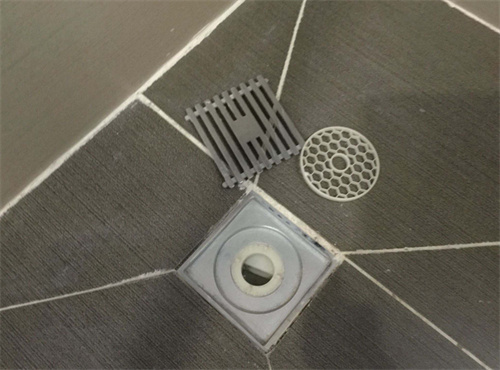
How to Conduct Water Testing
The purpose of water testing is to check for any leaks or water infiltration issues within the premises, making it a crucial step in the waterproofing process.
1. During the water test, you need to initially collect water within the space. Generally, the water depth should reach about 20 millimeters, and it should be maintained for at least one day.
2. The following day, observe whether there is a significant drop in the water level. If there is no noticeable decline, it indicates that the waterproofing is adequate. Also, check the lower floors for any signs of leakage; if any issues arise, you should halt the testing and reapply the waterproof layer in the bathroom or kitchen. The testing can only conclude when it passes inspection.
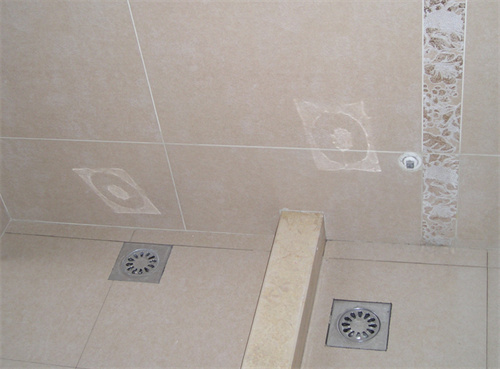
What to Keep in Mind When Conducting Water Testing
1. Ensure that the bathroom or kitchen has been fully treated with waterproofing materials and has dried completely before conducting the test.
2. If the testing is occurring in a residential area, inform the property management and gain the consent of the neighboring units, as any water leakage may affect them.
3. While performing the water test, make sure to seal all pipes and floor drains to guarantee that no water leaks out, ensuring successful test results.

In summary:the above content provides methods for sealing the floor drain during water testing, as well as steps to conduct the test properly. You may try the mentioned methods to effectively seal the drain.


